Picture the frozen winds of the Ice Age tearing across vast, wild plains. Imagine two giants—one with fangs like daggers, the other with a regal mane—stalking the shadows. The saber-toothed tiger and the cave lion were both legends in their time, haunting the dreams of early humans and shaping the fate of entire ecosystems. But who truly wore the Ice Age crown? Let’s wander into their world, one pawprint at a time.
Fangs Like Swords: The Saber-Toothed Tiger’s Smile
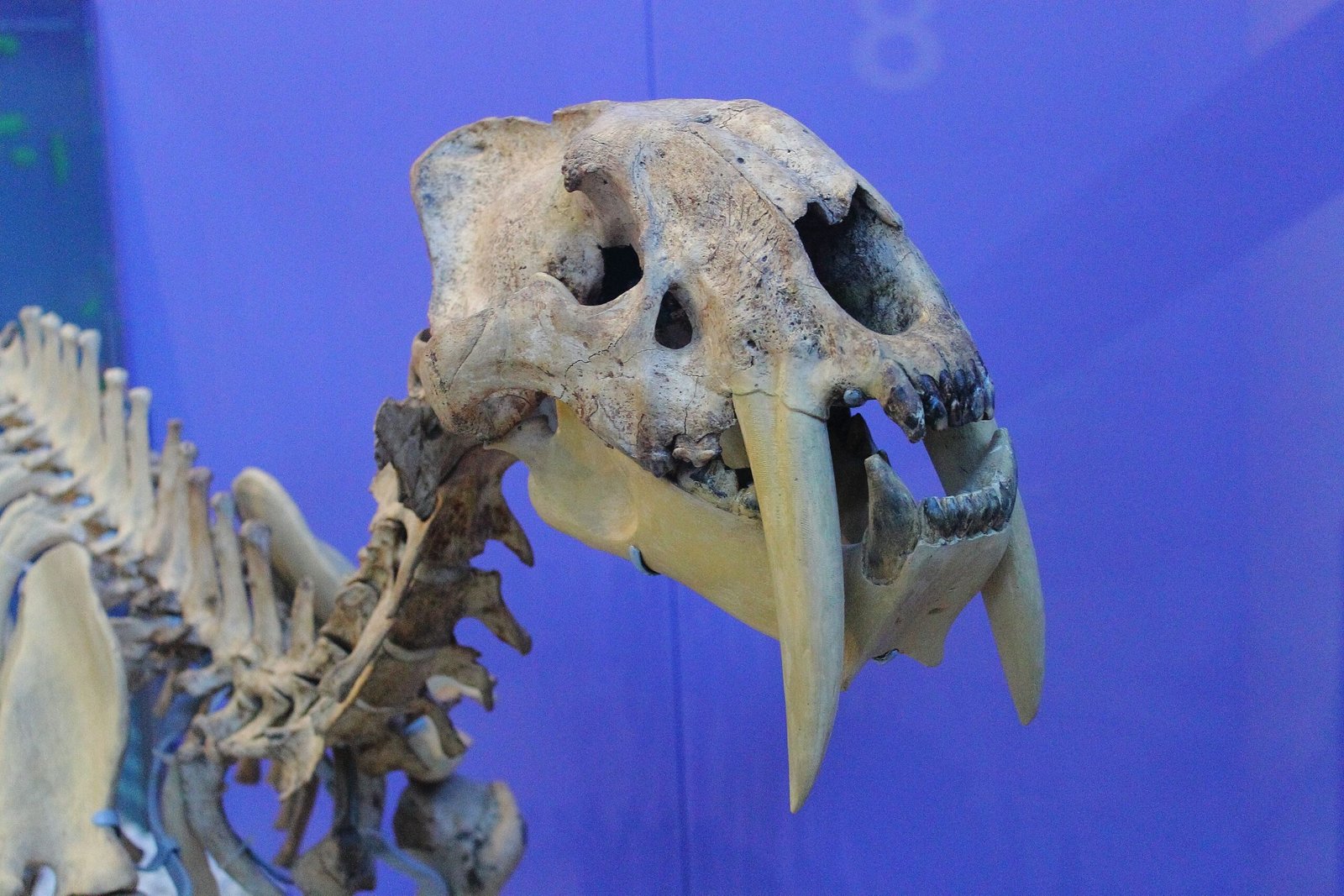
With upper canines stretching up to seven inches, the saber-toothed tiger’s grin was a promise and a warning. These teeth weren’t just for show—they were perfect for slicing through thick hides, making every hunt an act of brutal beauty.
The Cave Lion’s Royal Mane

Cave lions were larger than any lion alive today, their thick manes rippling in the frigid wind. Their golden coats helped them blend into cold grasslands, but their stature alone announced their authority to all who crossed their path.
Eyes That Pierced the Gloom

Both felines possessed night vision so sharp, it would put even today’s domestic cats to shame. Their glowing, luminous eyes pierced the darkness, allowing them to hunt with eerie precision under the cloak of night. When the jungle fell silent, they became ghostly predators—unseen, unheard, and unstoppable. In the twilight hours, they ruled as silent terrors of the shadows.
Masters of the Hunt

Saber-toothed tigers were solitary stalkers, masters of stealth who used ambush tactics and explosive power to take down prey with brutal precision. In contrast, cave lions leaned into cooperation, hunting in coordinated groups to outmaneuver massive targets like mammoths and bison. Their teamwork turned raw strength into strategy, making them fearsome pack hunters. While one thrived on surprise, the other dominated through unity and planning.
Ice Age Neighbors

These cats shared a world crowded with mammoths, woolly rhinoceroses, and enormous elk. Prey was tough, dangerous, and sometimes scarce, forcing both predators to be at the very top of their game—or risk starvation.
Muscles Like Coiled Springs
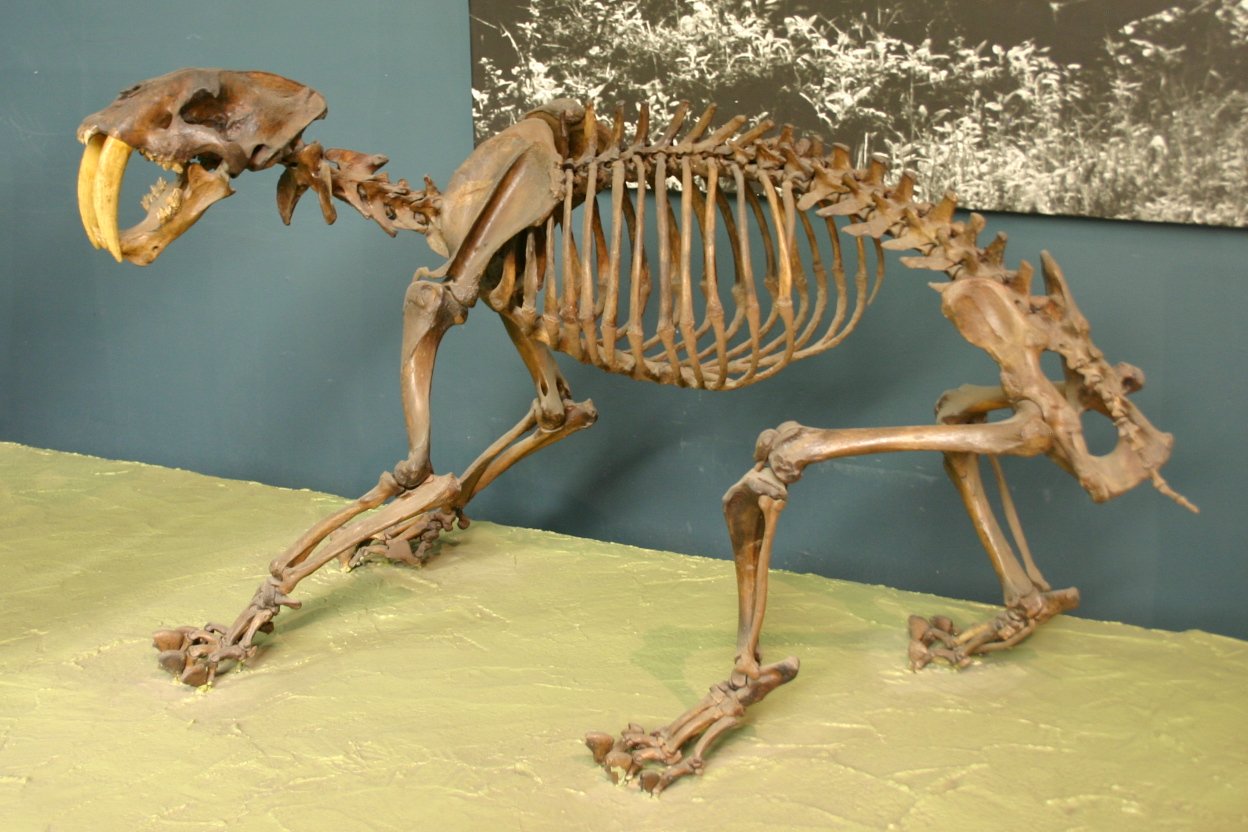
The saber-toothed tiger’s short, stocky build was designed for explosive power. In a single leap, it could close the distance to its prey, relying on brute strength rather than extended chases.
Endurance and Speed: The Cave Lion’s Edge

Cave lions were built for stamina, with long legs and muscular bodies. They could pursue prey across open tundra for miles, embodying a relentless persistence that wore down even the strongest animals.
A Family Affair

Unlike the more solitary saber-toothed tiger, cave lions lived and hunted in prides. This social structure meant protection for cubs, shared meals, and emotional bonds—strength in numbers, and in love.
Fur Suited for Frost

Both cats grew thick, insulating coats, essential armor against the relentless chill of the Ice Age. Their fur was more than warmth; it was a living shield, proof of their adaptation and resilience.
Roars That Echoed Forever

Imagine the cave lion’s roar, rolling across icy valleys, sending shivers through the bones of every creature within miles. The saber-toothed tiger was more silent, its presence felt in the sudden absence of sound, a hush that meant danger.
The Saber-Tooth’s Mysterious Extinction
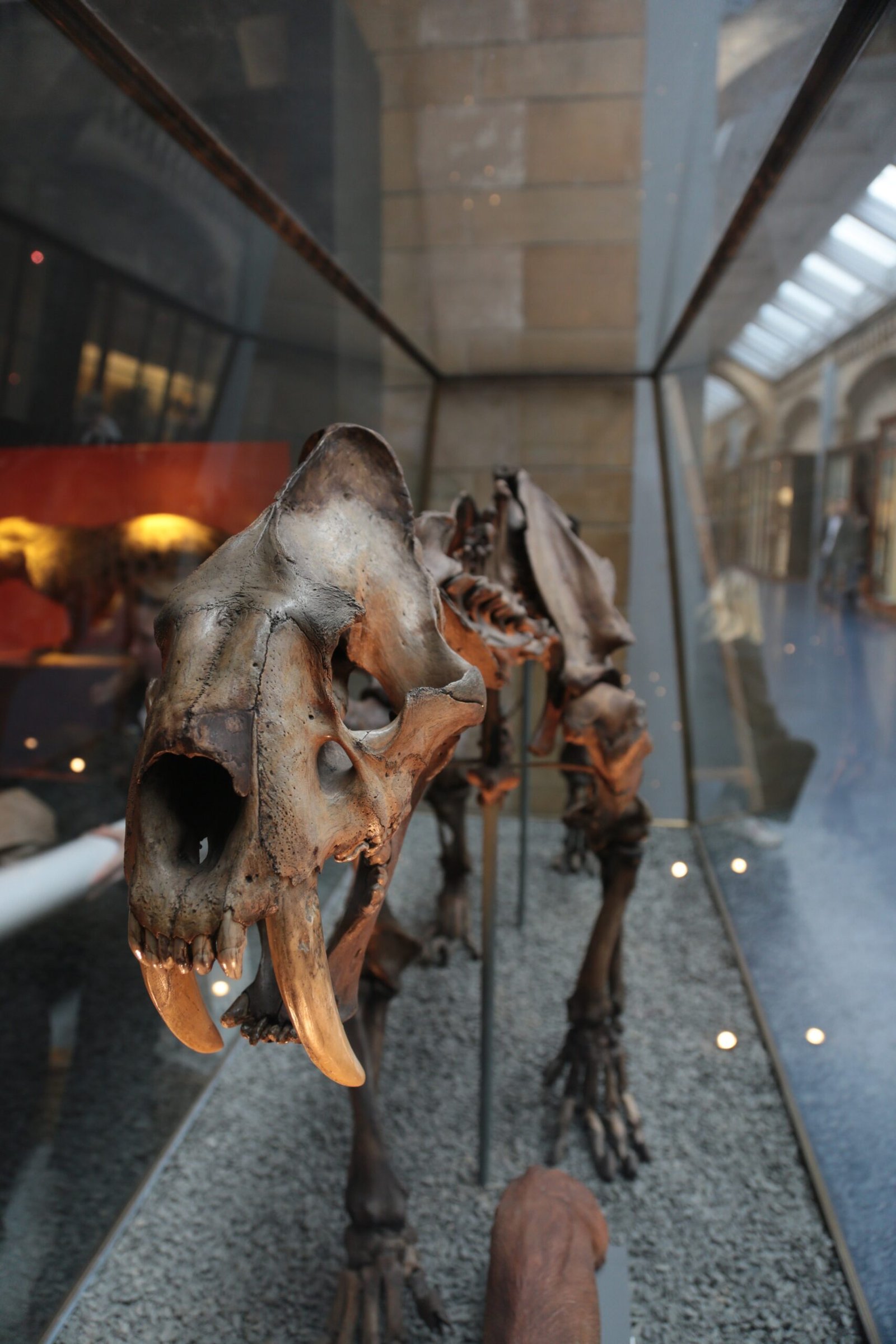
The exact reason behind the saber-toothed tiger’s extinction remains a mystery, shrouded in speculation. While some scientists point to dramatic climate shifts, others suggest dwindling prey or human interference played a role. Regardless of the cause, their disappearance stands as a haunting reminder of how fragile ecosystems truly are. It underscores the urgent need to protect the delicate balance that sustains life on Earth.
Cave Lions and Ancient Art
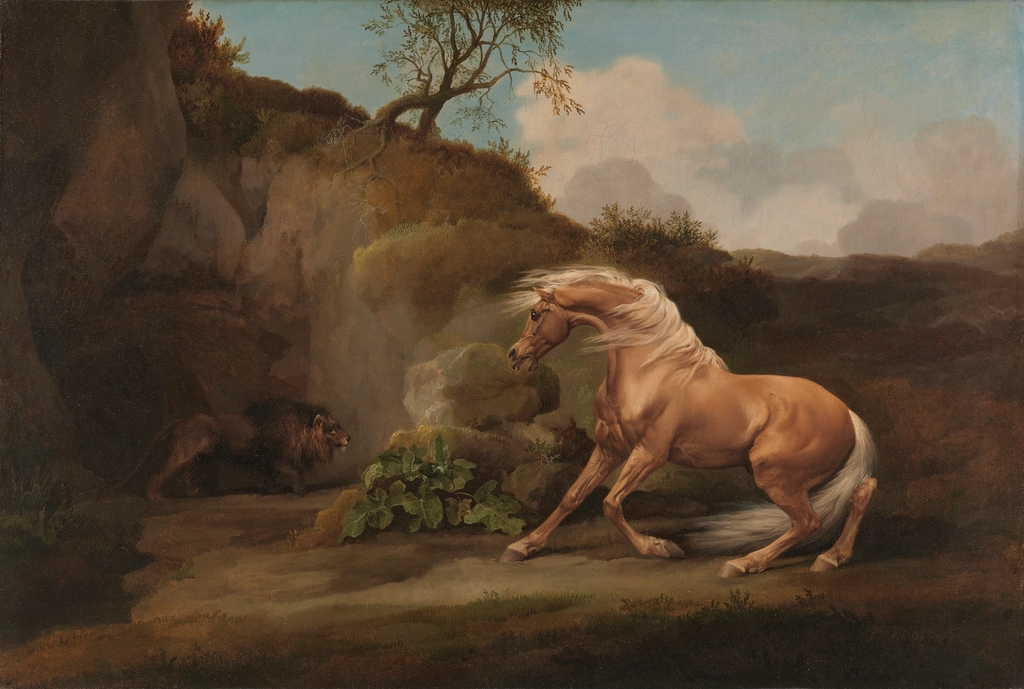
Deep within the shadowy chambers of European caves, ancient humans immortalized the mighty cave lions on rugged stone walls, their artistry illuminated by flickering torchlight. With strokes of ochre and charcoal, these early artists masterfully captured the feline’s coiled strength, piercing gaze, and fluid grace, breathing life into the rock. Each haunting depiction stands as a testament to the deep reverence and awe these majestic predators inspired, their presence lingering in myth and memory long after their pawprints vanished from the earth. These primal masterpieces bridge millennia, whispering of a time when humans and lions shared a world of ice, fire, and wonder.
Territories Vast and Wild
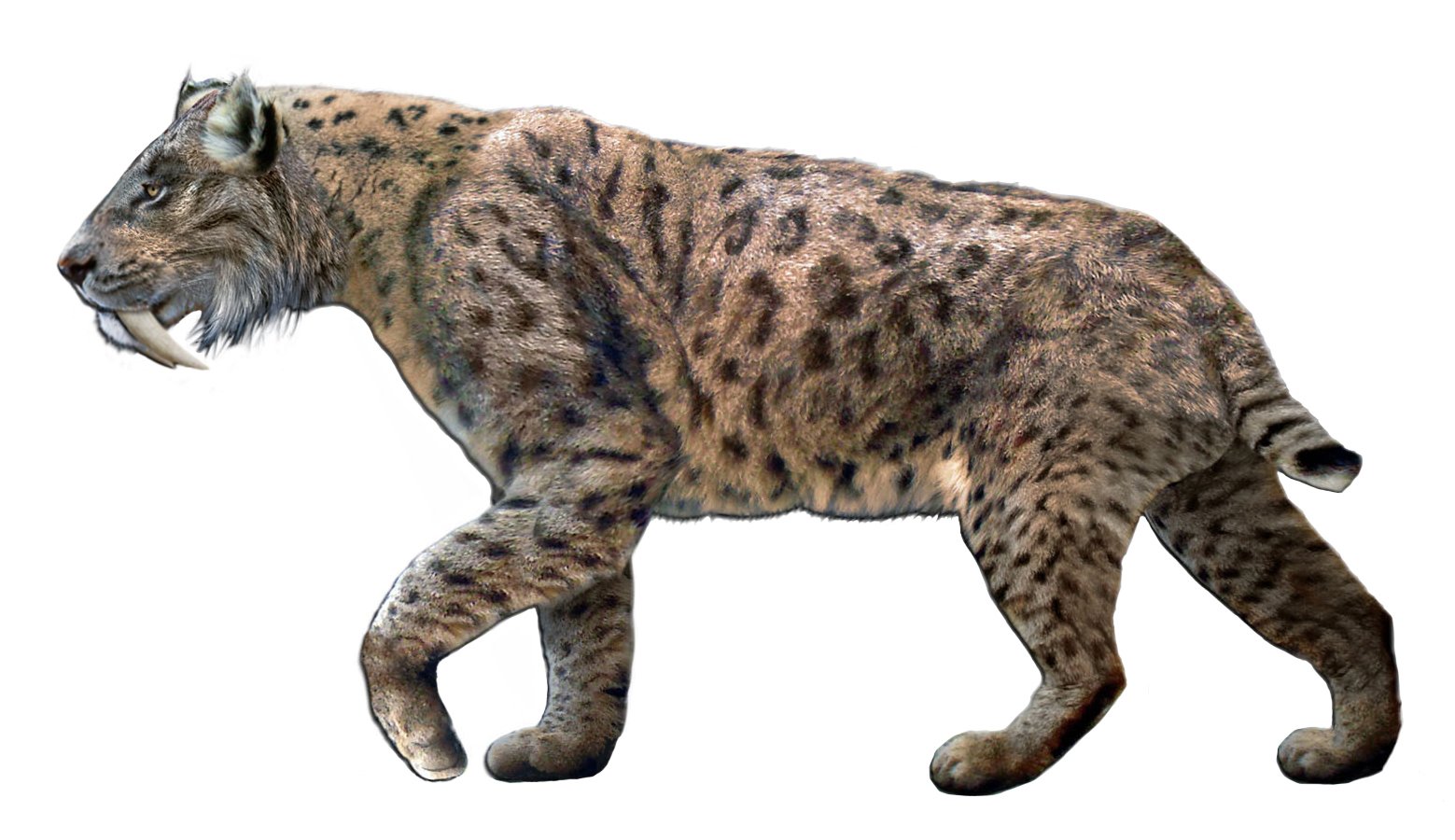
Saber-toothed tigers, with their iconic curved fangs, stalked prey across the vast expanses of the Americas and Eurasia, while the formidable cave lions ruled a sprawling domain from the sunlit plains of Spain to the frozen tundras of Siberia. Their territories spanned roaring rivers, dense primeval forests, and towering mountain ranges—proof of their unmatched resilience and ability to thrive in diverse landscapes. These apex predators shaped the ecosystems they dominated, their presence echoing through the ancient world long after their extinction. Even now, their fossilized remains and cave art depictions speak of an era when these mighty cats commanded both fear and awe.
Emotional Bonds in the Ice

In the icy heart of their snow-dusted dens, cave lion prides bonded through tender grooming sessions, rumbling purrs, and the gentle nuzzling of muzzles against manes—a display of kinship as warm as it was vital for survival. Cubs tumbled and pounced in playful battles, their tiny roars echoing off frost-laden walls as they honed hunting techniques through mock ambushes and wrestling matches. These moments of affection and spirited play weren’t just heartwarming—they forged the unbreakable social ties and razor-sharp instincts that allowed these majestic cats to thrive across the frozen steppes. Even in their fierceness, cave lions carried a softer side, their familial bonds as enduring as the ancient glaciers they once ruled.
Solitude in the Shadows

The saber-toothed tiger moved like a shadow through the ancient grasslands, a solitary specter whose power lay in silence and stillness—waiting, watching, as the world unfolded around it. Its isolation was a double-edged sword: a life free from the clashes of prides, yet devoid of the warmth of companionship, shaping a hunter as enigmatic as the moonlit valleys it prowled. Each calculated strike was a masterpiece of evolution, born from endless hours of solitude, where patience sharpened instinct into lethal perfection. In its golden-eyed gaze burned the quiet intensity of a creature that needed no pack, no chorus of roars—only the whispered promise of the hunt.
Claws Like Knives
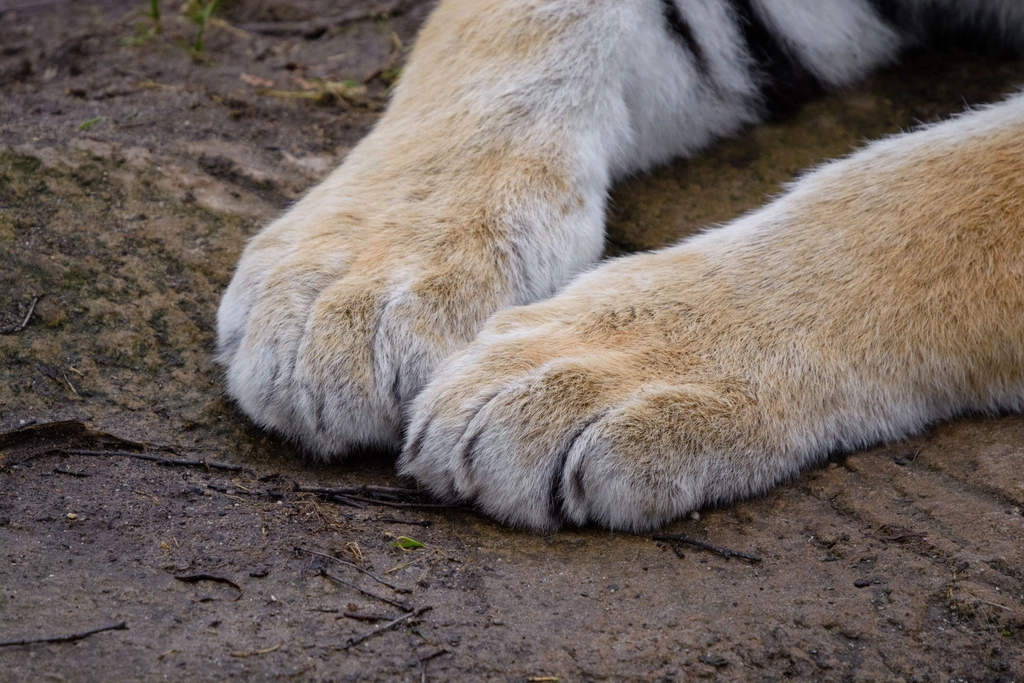
Beneath those powerful, velvet-padded paws lay curved daggers of bone and keratin—razor-sharp claws designed to sink deep into thick hides and splinter even the sturdiest of bones. The cave lion’s brutal swipes could disembowel with a single stroke, while the saber-tooth’s vice-like grip locked around thrashing prey, dragging them into a suffocating embrace of fang and muscle. There was no mercy in their hunt, no faltering in their execution—just the cold, clinical precision of predators honed by millennia of evolution. These were not mere tools of survival, but instruments of an ancient, unrelenting dance between hunter and hunted, written in blood and bone.
Whiskers That Felt the World

Those elegant, quivering whiskers were nature’s perfect instruments—fine-tuned to detect the faintest stir of a breeze, the tremble of hidden prey, or the ominous shift of an approaching rival. In the pitch-black depths of caves or the swirling whiteout of a snowstorm, they acted as invisible guides, mapping the world through touch and vibration with uncanny precision. Each bristle thrummed with information, turning the very air into a navigational web that spelled survival in silent, tactile whispers. For these ice-age predators, whiskers weren’t just features—they were lifelines, as vital as fang or claw in the endless hunt.
Competition and Coexistence

Though both supreme predators of the Pleistocene, saber-tooths and cave lions moved through the world like opposing kings—one a patient, ambush-bound ghost of the woodlands, the other a social monarch of open plains and frozen caves. Their paths crossed only in whispers: a carcass half-buried in snow, a distant scent on the wind, the lingering tension of territories pressed against one another. Evolution had forged a fragile truce between them, their differing strategies—solitary ambush versus coordinated pursuit—dividing the hunting grounds like unseen borders. This was not hatred, but the cold arithmetic of survival; two apex predators pacing the edges of each other’s world, neither yielding, yet rarely drawing blood. The ice age was vast enough for both—until the day it wasn’t.
Silent Disappearances

The last cave lion’s thunderous roar faded into the creeping thaw, while the final saber-tooth melted into the shadows of a changing world—their reign undone not by fang or claw, but by shifting winds and dwindling herds. The glaciers retreated, taking with them an entire age of tooth and muscle, of snow-streaked fur and echoing hunts. What remained were bones in the earth, ochre strokes on cave walls, and the haunting truth that no strength is eternal. The wild still whispers their absence, a lesson carved in ice: that extinction comes not with a battle cry, but with the quiet unraveling of a world that no longer recognizes its kings.
Fascination That Never Fades

Their legacy lingers like a half-remembered dream—saber-toothed tigers still baring dagger-fangs in museum dioramas, cave lions forever mid-roar on the pages of paleontology texts. Blockbuster films animate their ghostly strides across silver screens, while children press tiny hands to glass displays, wide-eyed before reconstructed skeletons. These cats are more than extinct creatures; they’ve become mythic symbols of nature’s untamed grandeur, their absence a perpetual invitation to wonder. In resurrecting them through science and story, we don’t just satisfy curiosity—we mourn the fragile majesty of life itself, and whisper a promise to remember what once ruled the earth.
Lessons for Today
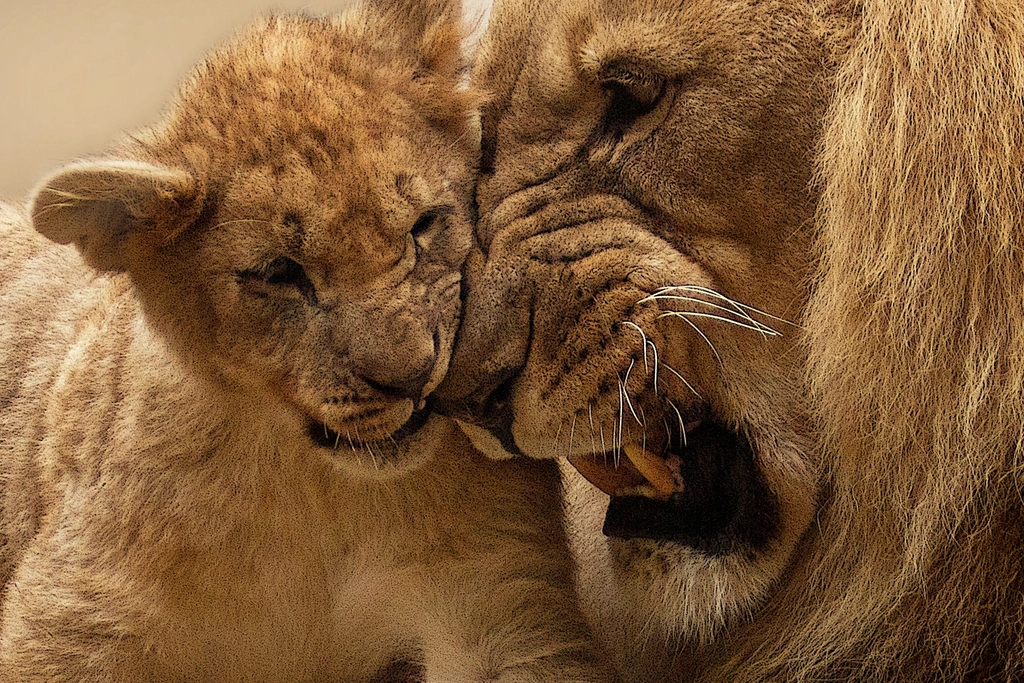
The echoes of their extinction ripple through time, a stark lesson in nature’s unforgiving calculus—that even the mightiest predators are bound to the fate of their prey and the stability of their world. Today, their vanished roars compel us to safeguard the remaining big cats—lions, tigers, snow leopards—whose survival now hinges on human choices rather than glaciers. Each protected habitat, each anti-poaching law, is a vow: that what happened to the saber-tooth and cave lion will not be repeated. In fighting for Earth’s last wild felines, we honor those we lost, turning their ancient tragedy into a compass for conservation. Their bones may be silent, but their legacy demands we do better.
The Eternal Question: Who Was King?
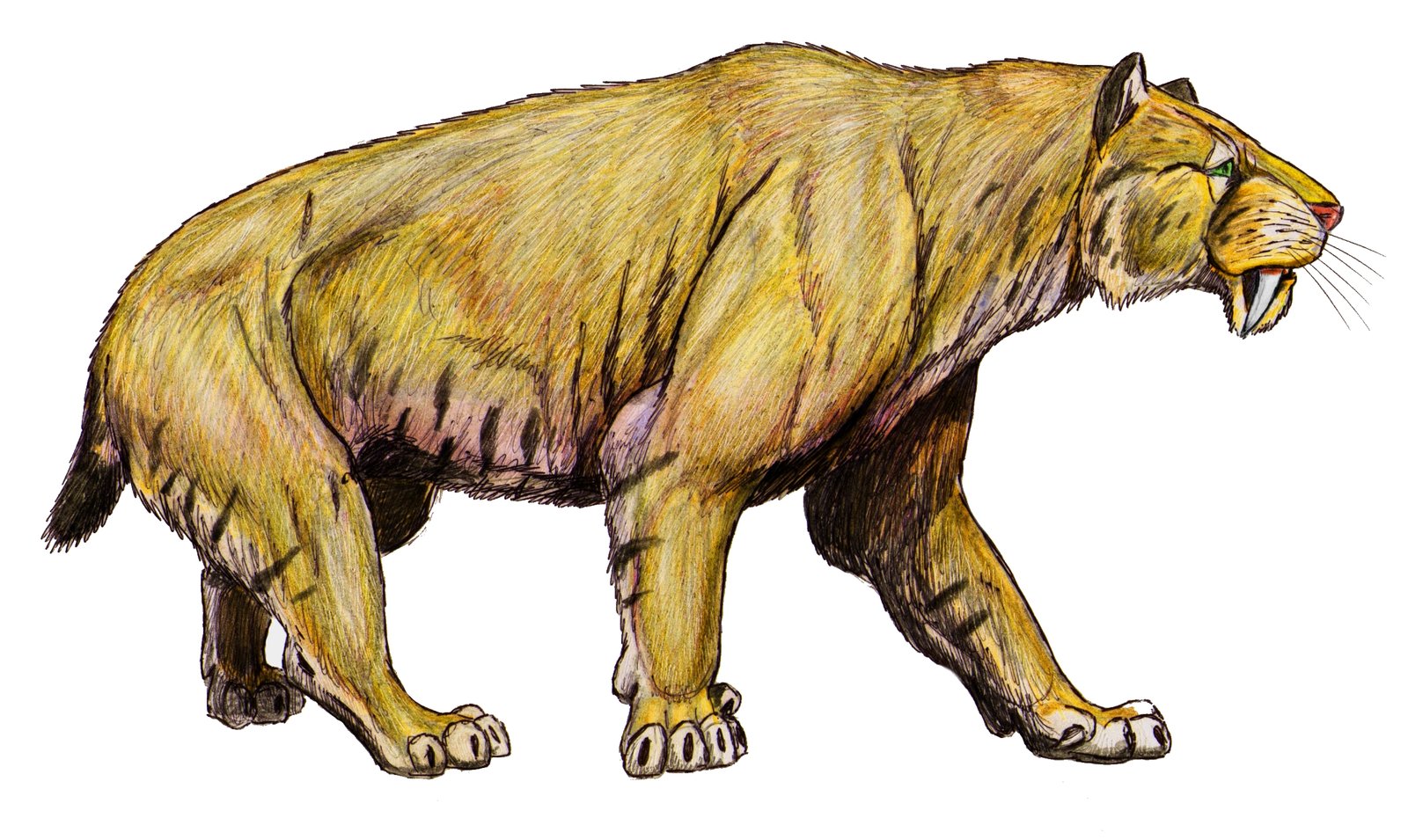
Was it the saber-toothed tiger—its serrated fangs gleaming like crescent moons, its solitary hunts a masterpiece of patience and lethal precision—that truly ruled the ice age’s shadowed forests? Or was it the cave lion, its thunderous roar shaking the frozen steppes as prides moved as one, a golden tide of muscle and collective might? The permafrost guards their secrets still, offering up fractured bones and cave art riddles, each discovery pulling us deeper into the enigma. Perhaps the truth doesn’t matter; what endures is the way these ghosts of the Pleistocene still ignite our imagination, their spectral paws padding through human dreams of a wilder, untamed world.

Suhail Ahmed is a passionate digital professional and nature enthusiast with over 8 years of experience in content strategy, SEO, web development, and digital operations. Alongside his freelance journey, Suhail actively contributes to nature and wildlife platforms like Feline Fam, where he channels his curiosity for the Feline into engaging, educational storytelling.
With a strong background in managing digital ecosystems — from ecommerce stores and WordPress websites to social media and automation — Suhail merges technical precision with creative insight. His content reflects a rare balance: SEO-friendly yet deeply human, data-informed yet emotionally resonant.
Driven by a love for discovery and storytelling, Suhail believes in using digital platforms to amplify causes that matter — especially those protecting Earth’s biodiversity and inspiring sustainable living. Whether he’s managing online projects or crafting wildlife content, his goal remains the same: to inform, inspire, and leave a positive digital footprint.






